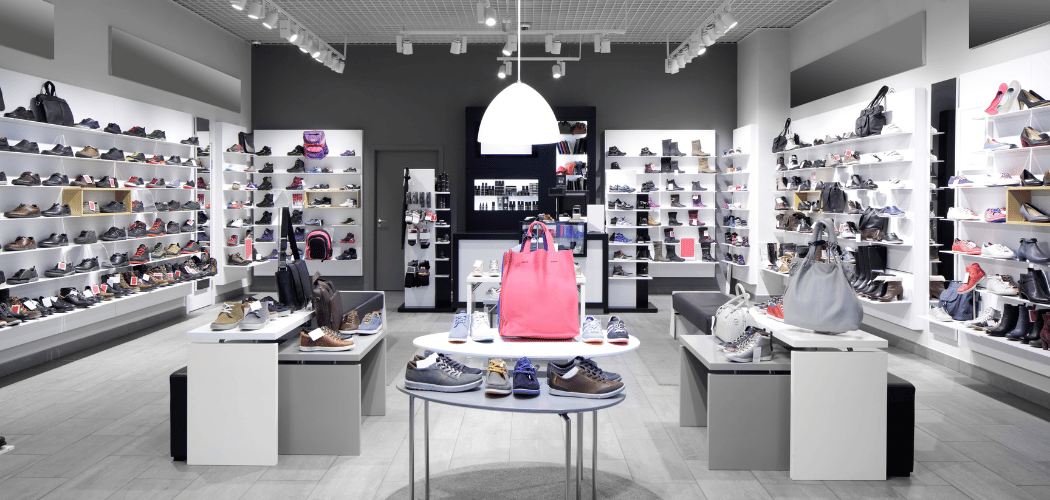The behaviors you anticipate for your customer and the actions they eventually undertake can often be two very different things. This is true in all aspects of consumer-facing business – from reactions to advertising to preferences on new products or formulas – and the perennial challenge for marketers is to anticipate customers as best as they can with the data that they are able to glean. For loyalty marketers, thorough journey mapping is essential…but to propel a program into the realm of greatness, it must have the flexibility to adapt to the unique journeys individual customers might happen to embark upon.
In many aspects, marketers today can do a pretty good job of getting things right. Social listening technologies can reveal if your brand’s new cherry cola flavor will cause a stir on Instagram or Facebook; advanced programmatic advertising can feed specific target demographics the perfect creative for their tastes; in our increasingly automated world, even tools like primary research studies can still wield invaluable insights on how consumers react to marketing, design, or branding.
But when considering the entire customer journey, especially in the context of loyalty programs, think about the sheer volume of options that are available to consumers. Even the most planned experiences will always have unforeseen twists and turns, moments of uncertainty where a customer takes the road less traveled. Is your loyalty program prepared for members with accessibility needs, such as hearing or visual impairment? What about members who decide to share their loyalty cards with family members or friends to collect additional points on purchases that are not their own? Even the most inherent loyalty journey – the basic act of collecting points in order to ultimately redeem them – is often not as clear-cut as it seems. Last year, a study from Bond Brand Loyalty revealed that approximately $100 billion in loyalty rewards are currently unclaimed.
It all comes down to friction: the more deviations from the path your customer takes, the more chances they have to be blindsided by your program. And when their needs don’t align with your offerings, the resulting friction begins to erode your brand over time.
A recent article by Customer Think proposes a great template to follow when anticipating the unexpected, and to create an environment that has superior adaptability. The takeaway for marketers isn’t to necessarily predict every single customer decision and provide a direct solution; it’s to create an ecosystem which caters to those who follow the path and helps guide and assist those that stray from it. With that said, here are Customer Think's tips for expecting the unexpected:
-
Identify the Exceptions
While there’s no way to predict every exception a customer will have with your program, there are usually common themes, and there are ways to extrapolate issues into other areas. For example, if some customers regularly collect points but do not redeem the rewards, the first step would be to interpret if there’s an overarching issue with the rewards themselves, such as demographic fit, perceived value, or accessibility. But the act of non-redemption has an impact on other program areas which may cause problems for customers. Many points might be about to expire for a large member population; some customers may have lost their login information or require customer service after having not engaged with the program for an extended period of time; even issues as low-level as technology system requirements, such as the desktop or mobile browser specifications needed to enable program functionality, might have changed in the interim. Mapping out the potential exceptions which extend from other problem areas is an important part of establishing a strong customer journey.
-
Give Options
The best programs allow customers to engage in many different ways to achieve the same goal. Great mobile optimization means your program can be accessed by anyone, everywhere; diverse rewards offerings means your demographic will always find the value for their engagement; content should be available for access on Instagram, on web platforms, by email, and every other place your customer decides to spend their time. The more you are able to offer, the more chance there is for members to effectively receive your offerings.
-
Automate, Inform, & Build Trust
When things do go wrong, customers often reach out for customer service or drill into online resources for help. The more your program can automate its CS and create a holistic information experience online, the more your customers are self-equipped to find the solutions they’re looking for. And when waiting for responses from service teams, members should be constantly kept in the loop and up-to-date on progress, statuses, and wait times. While poor customer service can turn people off of the program, great service only builds further trust; and when members trust that you have their best interests in mind, they will find themselves to be more receptive to deviations from their planned journeys and more open to change.
-
Going Beyond What’s Expected
This is a mantra that all ambitious loyalty practitioners preach, but in the context of the customer journey, any extra emphasis on facilitating smoother interactions will go a long way. From surprise & delight strategies, to pro-active customer support, to even reaching out and asking members themselves what the program can better do to serve them – every positive touchpoint only adds equity, a direct antithesis to the loss of brand value that occurs when customers are dissatisfied with their journeys. While there’s no instruction manual for going above and beyond, the best approaches adopt holistic, future-proofed configurations that continually adapt to their environments.
Lanndon Lindsay is a reporter for The Wise Marketer. He has been navigating the intersections of loyalty, marketing, and advertising for the past several years and has applied his talents on behalf of such notable brands as Anheuser-Busch, Kimberly-Clark and Red Bull, among others.




